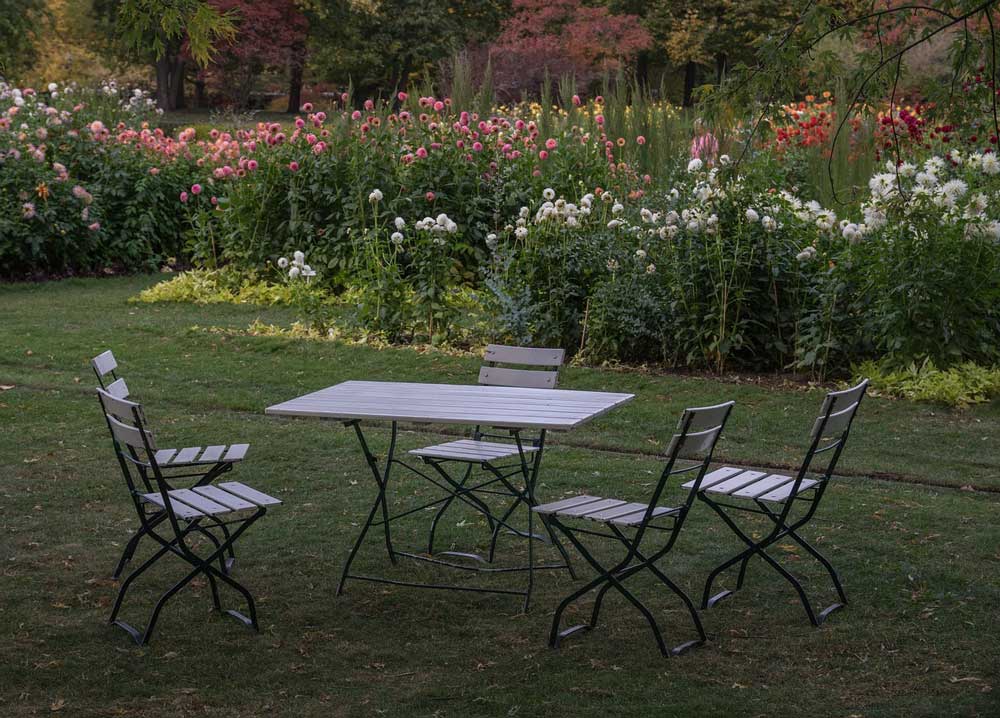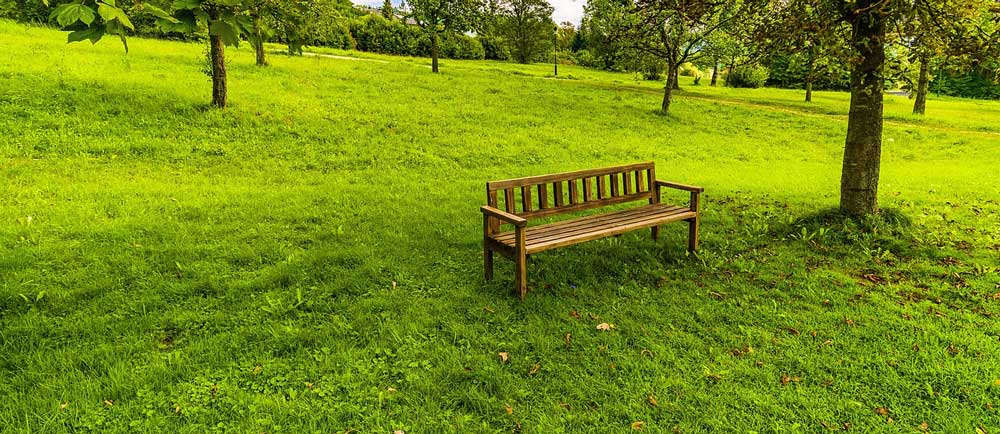Part 1: Garden design techniques
12. Screening
Screening in a garden is important to block unpleasant views, create privacy and to create enclosure. Screens such as walls and fences are often considered for garden boundaries where they also serve the purpose of containing or keeping out animals and children.
Screens can also be used to great effect in other places in the garden, creating enclosure for a seating area, or creating privacy from being viewed from windows above with a pergola for example.

When choosing a screening material consider what height and density it needs to be.
Are you trying to block the view from standing or sitting eye level (for example from people walking past on a pavement) or from windows above (for example in a courtyard garden)?
Does the screening need to be dense and permanent? If so, you might want to consider using evergreen planting or hard landscaping as your screen material. If the screen is to create a sense of enclosure but does not need to block a view entirely, more diaphanous deciduous plants could be used which allow light through. Screens can create a lot of shade, so consider their position carefully.

Think of one planting and one hard landscaping screening solution for each of these locations to create privacy and enclosure for the seating areas.
Consider:
- how the choice of materials will influence the style of the design
- how the choice of materials and the screen height will block light.

